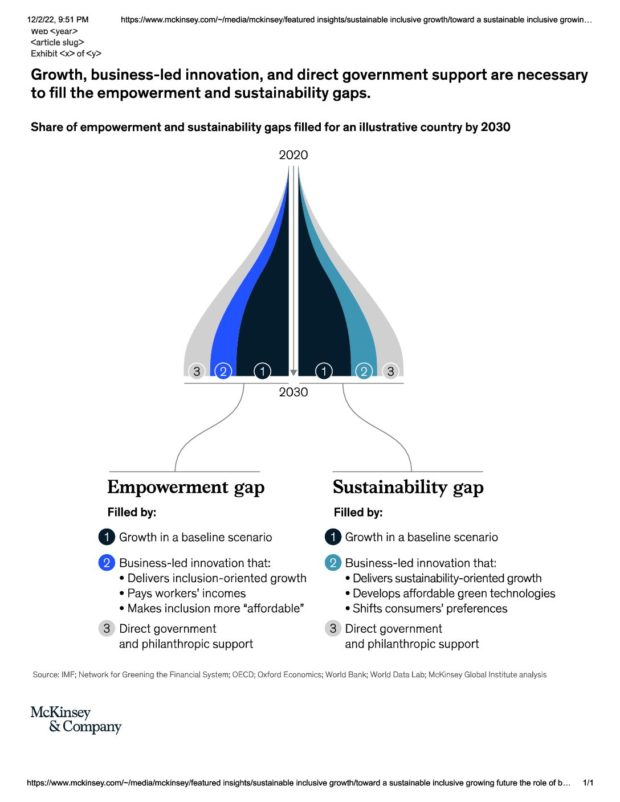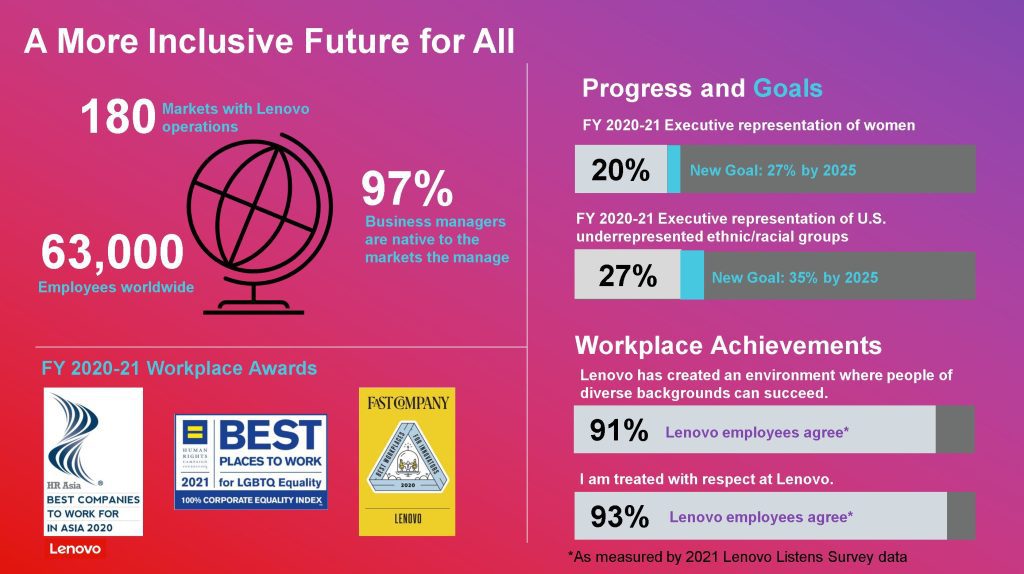Project 2025: A Vision for a More Sustainable and Inclusive Future
Project 2025: A Vision for a More Sustainable and Inclusive Future
Introduction
With great pleasure, we will explore the intriguing topic related to Project 2025: A Vision for a More Sustainable and Inclusive Future. Let’s weave interesting information and offer fresh perspectives to the readers.
Table of Content

Project 2025: A Vision for a More Sustainable and Inclusive Future
Project 2025, a multifaceted initiative, encompasses a wide range of strategies and programs aimed at achieving a more sustainable and inclusive future by the year 2025. While the specific details and focus of Project 2025 may vary depending on the organization or sector it is implemented in, the overarching goal remains consistent: to address pressing global challenges and create a better world for future generations.
A Multifaceted Approach to Addressing Global Challenges:
Project 2025 recognizes the interconnectedness of global challenges and adopts a holistic approach to address them. This means tackling issues like climate change, poverty, inequality, and lack of access to education and healthcare in a comprehensive manner, acknowledging the need for collaborative solutions across different sectors and disciplines.
Key Themes and Focus Areas:
Project 2025 often centers around the following key themes:
- Sustainability: This theme focuses on promoting environmentally responsible practices, reducing carbon emissions, conserving natural resources, and fostering sustainable development.
- Innovation: Encouraging research and development of new technologies, fostering entrepreneurship, and promoting the adoption of innovative solutions to address global challenges.
- Inclusion: Striving to ensure equal opportunities for all, promoting diversity and equity, and addressing systemic barriers that hinder access to resources and opportunities.
- Education: Investing in education and skills development, promoting lifelong learning, and ensuring access to quality education for all.
- Health: Improving healthcare access and quality, promoting preventative healthcare, and addressing health disparities.
- Economic Growth: Creating sustainable economic growth, fostering job creation, and promoting inclusive economic development.
Examples of Project 2025 Initiatives:
Project 2025 takes shape through various initiatives, each tailored to specific needs and contexts. Some examples include:
- Sustainable Cities: Initiatives focused on transforming urban areas into more sustainable and livable environments through initiatives like green building, public transportation, and renewable energy sources.
- Climate Action: Programs aimed at reducing greenhouse gas emissions, promoting renewable energy, and adapting to the impacts of climate change.
- Education for All: Projects aimed at improving access to quality education, particularly for marginalized communities, and promoting digital literacy.
- Healthcare for All: Initiatives focused on expanding access to affordable and effective healthcare, particularly in underserved regions.
Importance and Benefits of Project 2025:
Project 2025 holds immense significance for creating a better future for all. Its benefits extend far beyond the year 2025, laying the groundwork for long-term positive change. Some key benefits include:
- Addressing Urgent Global Challenges: Project 2025 provides a framework for tackling pressing global challenges like climate change, poverty, and inequality, contributing to a more sustainable and equitable world.
- Fostering Innovation and Progress: By encouraging research, development, and the adoption of innovative solutions, Project 2025 drives progress and creates a more resilient and prosperous future.
- Promoting Inclusivity and Equity: Project 2025 emphasizes the importance of inclusivity and equity, ensuring that all individuals have access to opportunities and resources, leading to a more just and equitable society.
- Building a Sustainable Future: By promoting sustainable practices, Project 2025 helps protect the environment, conserve resources, and create a more sustainable future for generations to come.
Frequently Asked Questions (FAQs) about Project 2025:
Q: What are the specific goals of Project 2025?
A: The specific goals of Project 2025 vary depending on the organization or sector it is implemented in. However, the overarching goal is to create a more sustainable and inclusive future by the year 2025. This includes addressing pressing global challenges like climate change, poverty, inequality, and lack of access to education and healthcare.
Q: How is Project 2025 implemented?
A: Project 2025 is implemented through a variety of strategies and programs, including:
- Policy changes: Implementing policies that promote sustainability, inclusivity, and innovation.
- Investment in research and development: Funding research and development of new technologies and solutions.
- Public-private partnerships: Collaborating with businesses, governments, and non-governmental organizations to achieve shared goals.
- Community engagement: Engaging with communities and empowering them to participate in the change process.
Q: What are the challenges associated with Project 2025?
A: Project 2025 faces several challenges, including:
- Securing funding: Securing sufficient funding to implement the necessary initiatives.
- Overcoming political and social barriers: Addressing political and social resistance to change.
- Measuring progress: Developing effective metrics to track progress and ensure accountability.
- Ensuring inclusivity: Ensuring that all stakeholders, including marginalized communities, are involved in the process.
Tips for Implementing Project 2025:
- Start with a clear vision: Define clear goals and objectives for Project 2025, ensuring alignment with broader sustainability and inclusivity goals.
- Build strong partnerships: Collaborate with other organizations, businesses, and communities to leverage resources and expertise.
- Prioritize innovation: Invest in research and development, fostering a culture of innovation and experimentation.
- Measure and track progress: Develop robust metrics to track progress and ensure accountability for achieving goals.
- Engage with communities: Involve communities in the decision-making process and empower them to drive change.
Conclusion:
Project 2025 represents a crucial step towards creating a more sustainable and inclusive future. By addressing global challenges, fostering innovation, and promoting equity, Project 2025 lays the foundation for a better world for all. While challenges exist, a collective commitment to action and collaboration is essential to realize the ambitious goals of Project 2025 and create a brighter future for generations to come.








Closure
Thus, we hope this article has provided valuable insights into Project 2025: A Vision for a More Sustainable and Inclusive Future. We thank you for taking the time to read this article. See you in our next article!